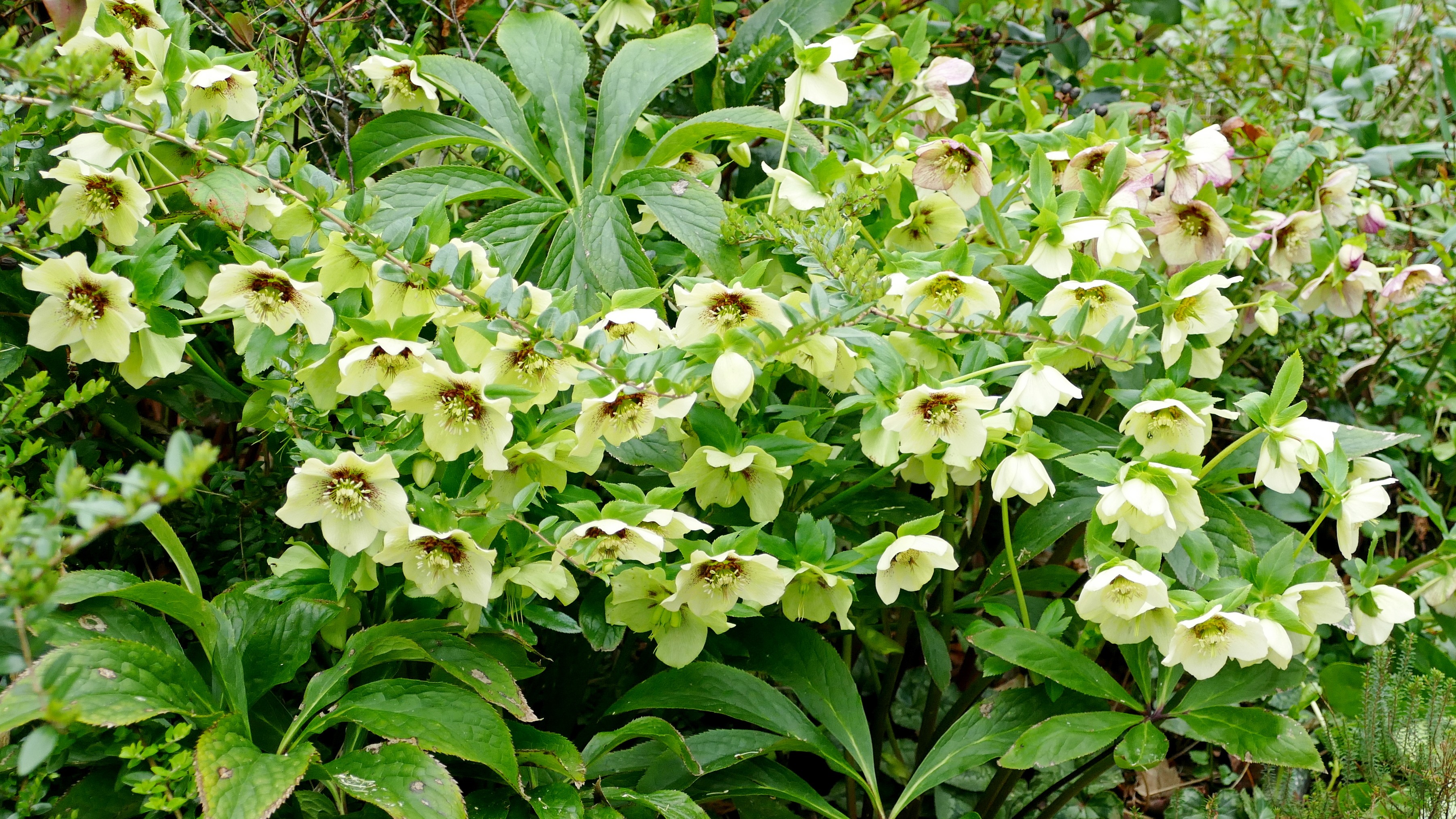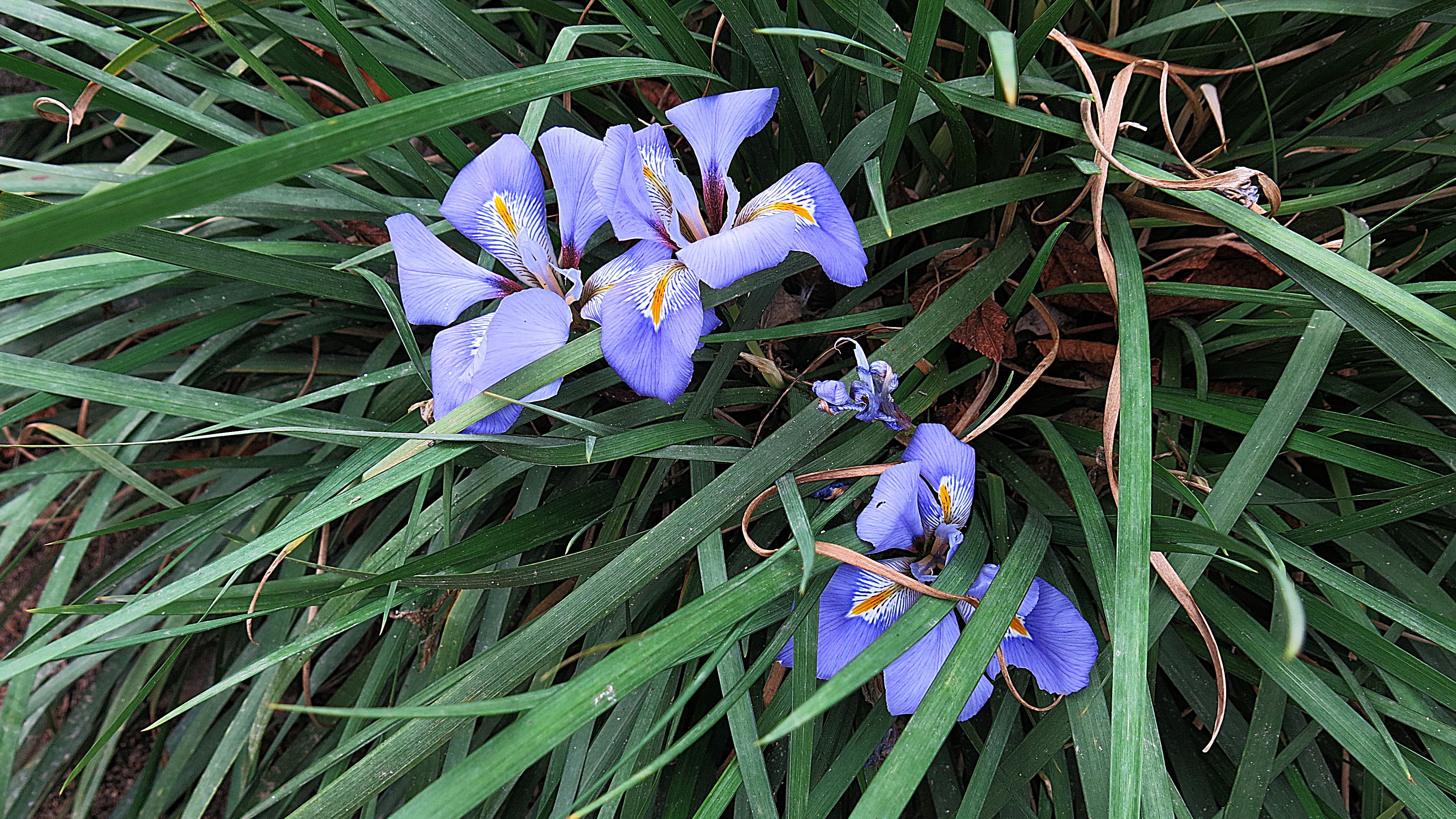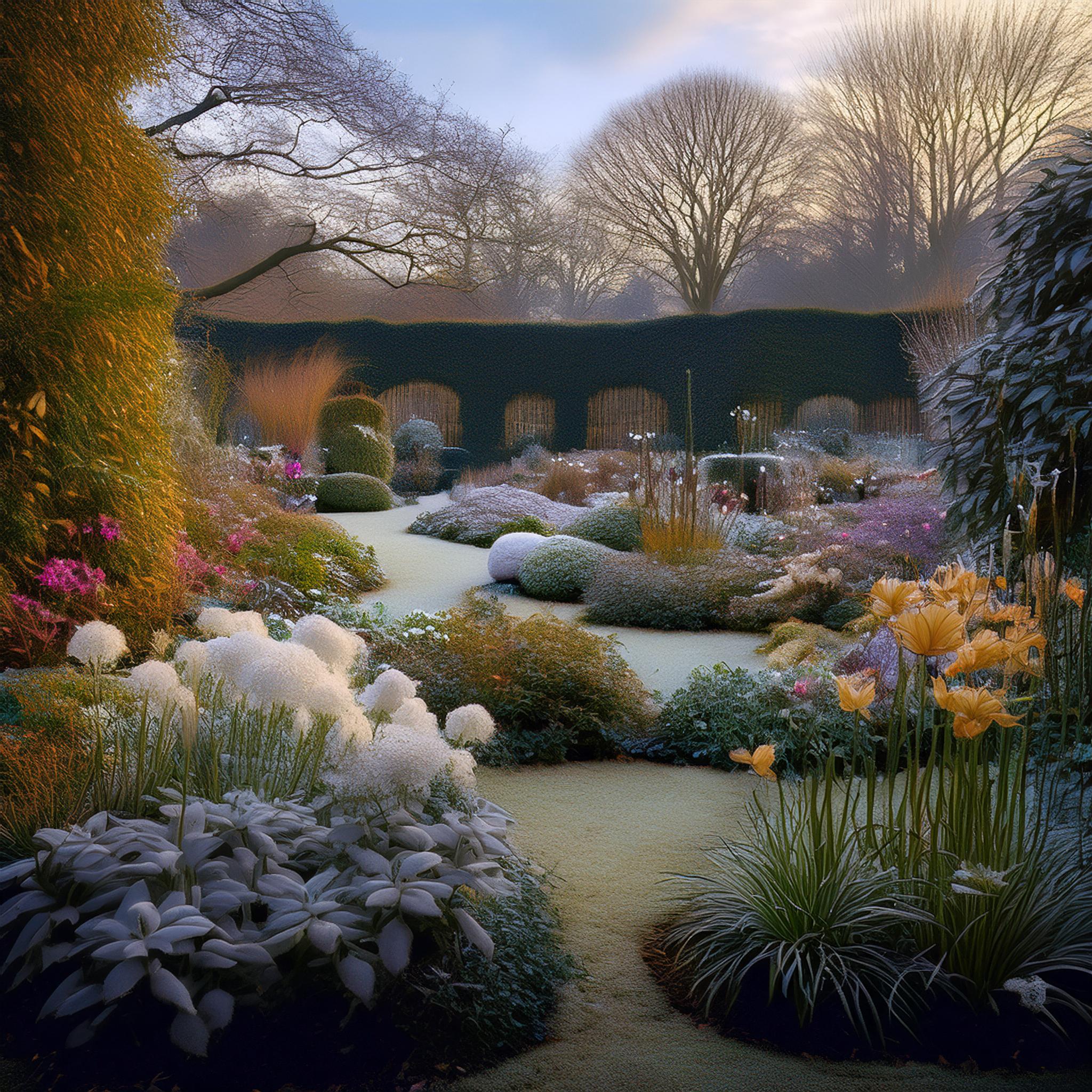
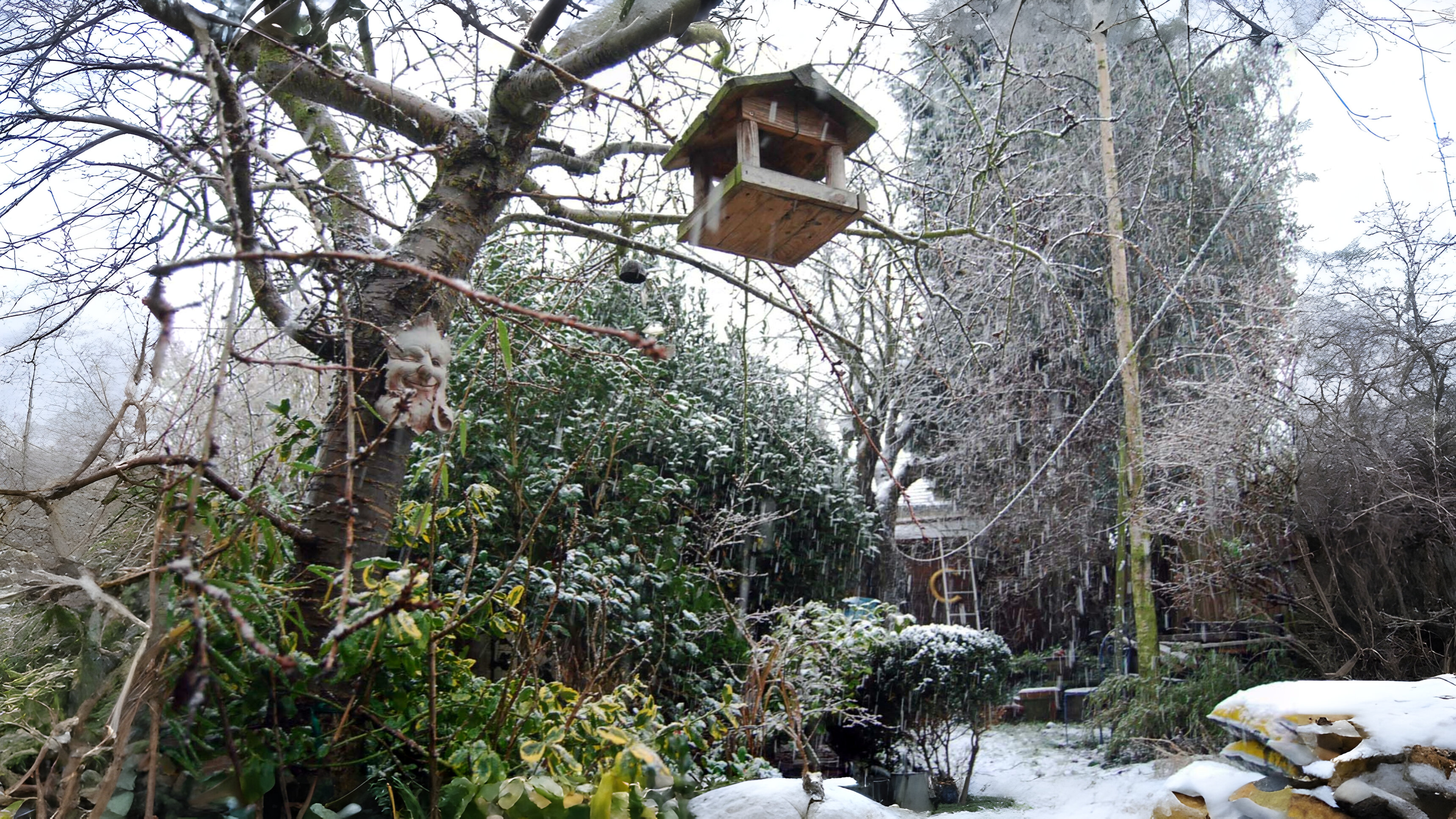

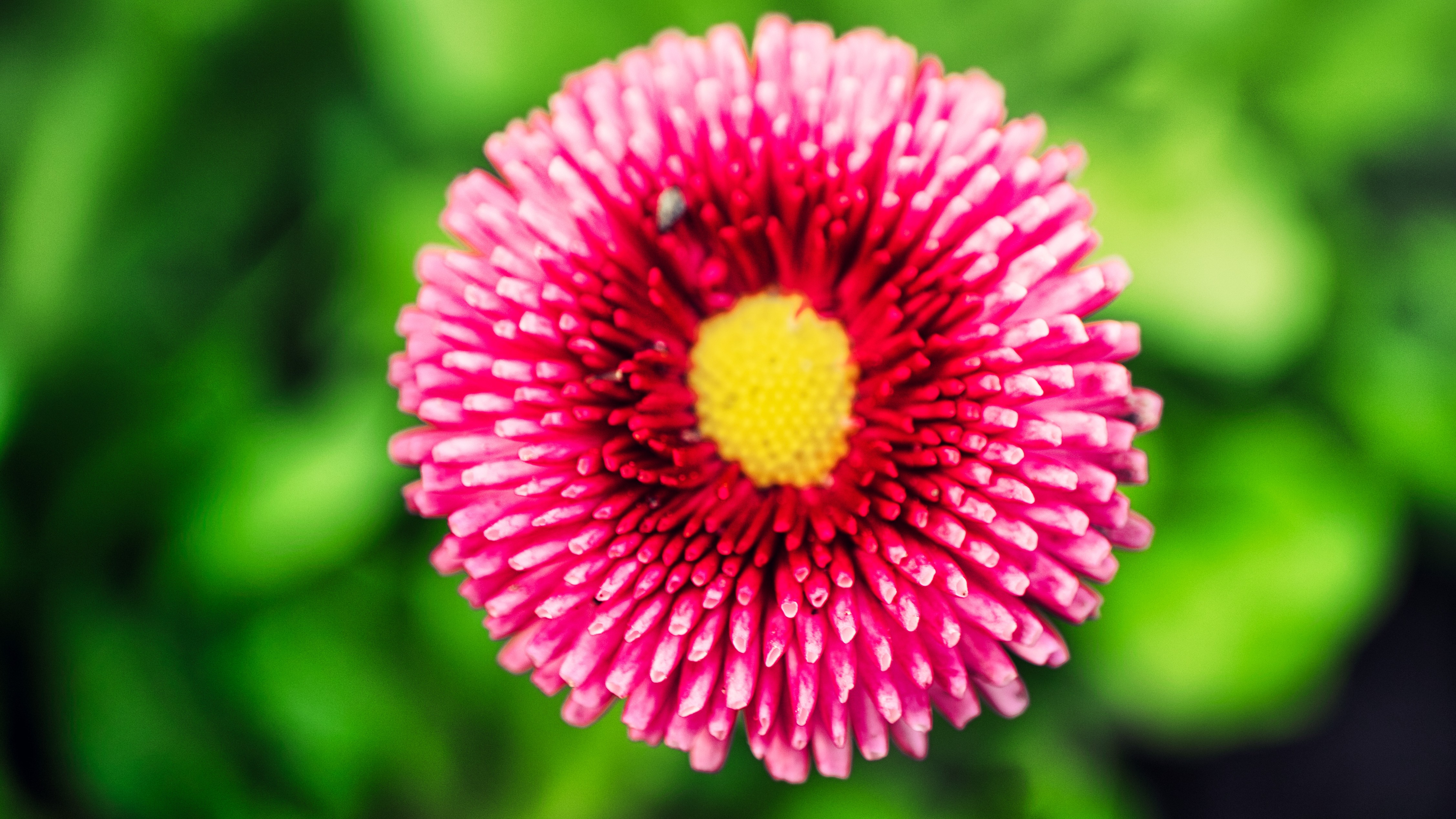

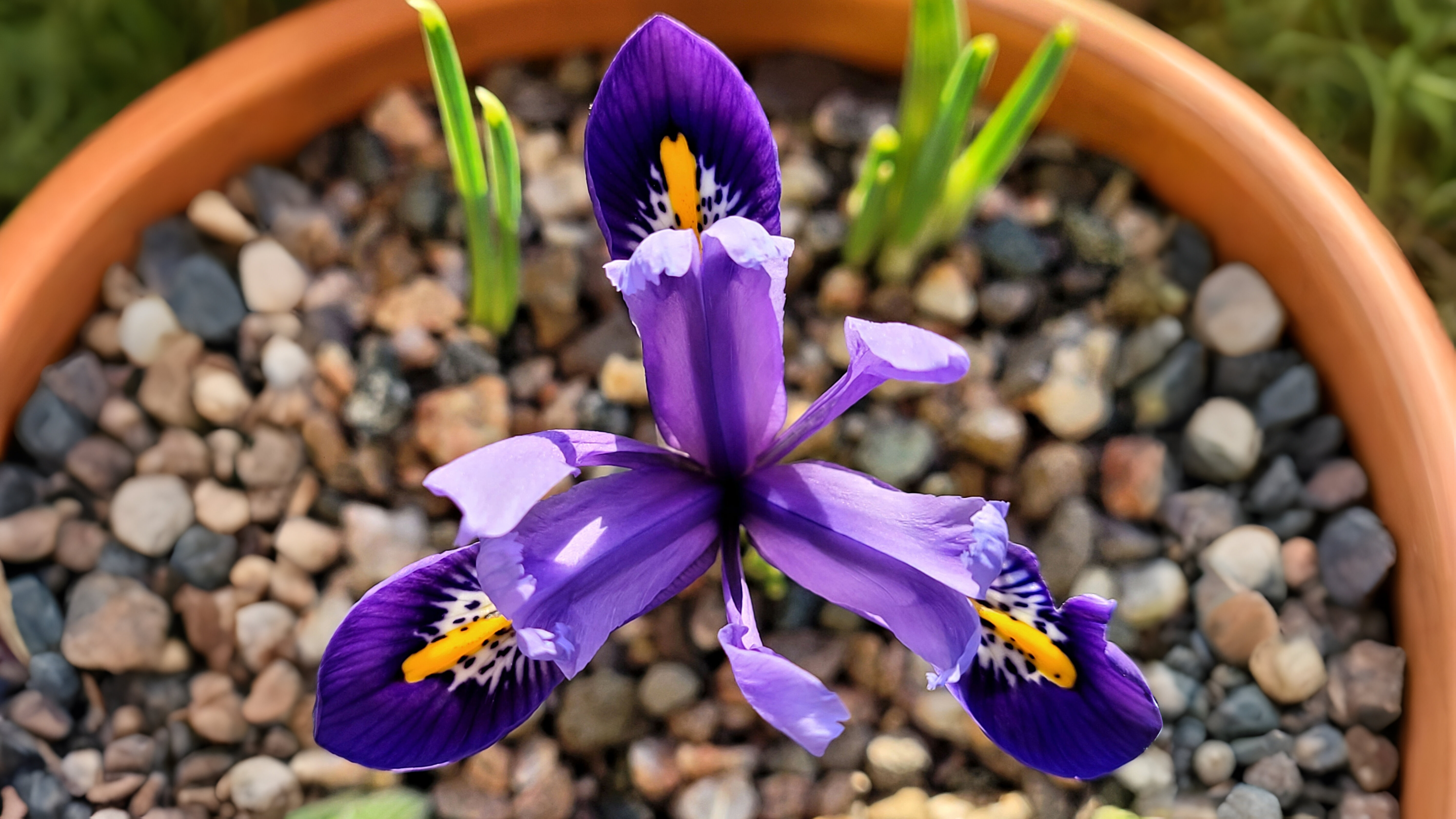

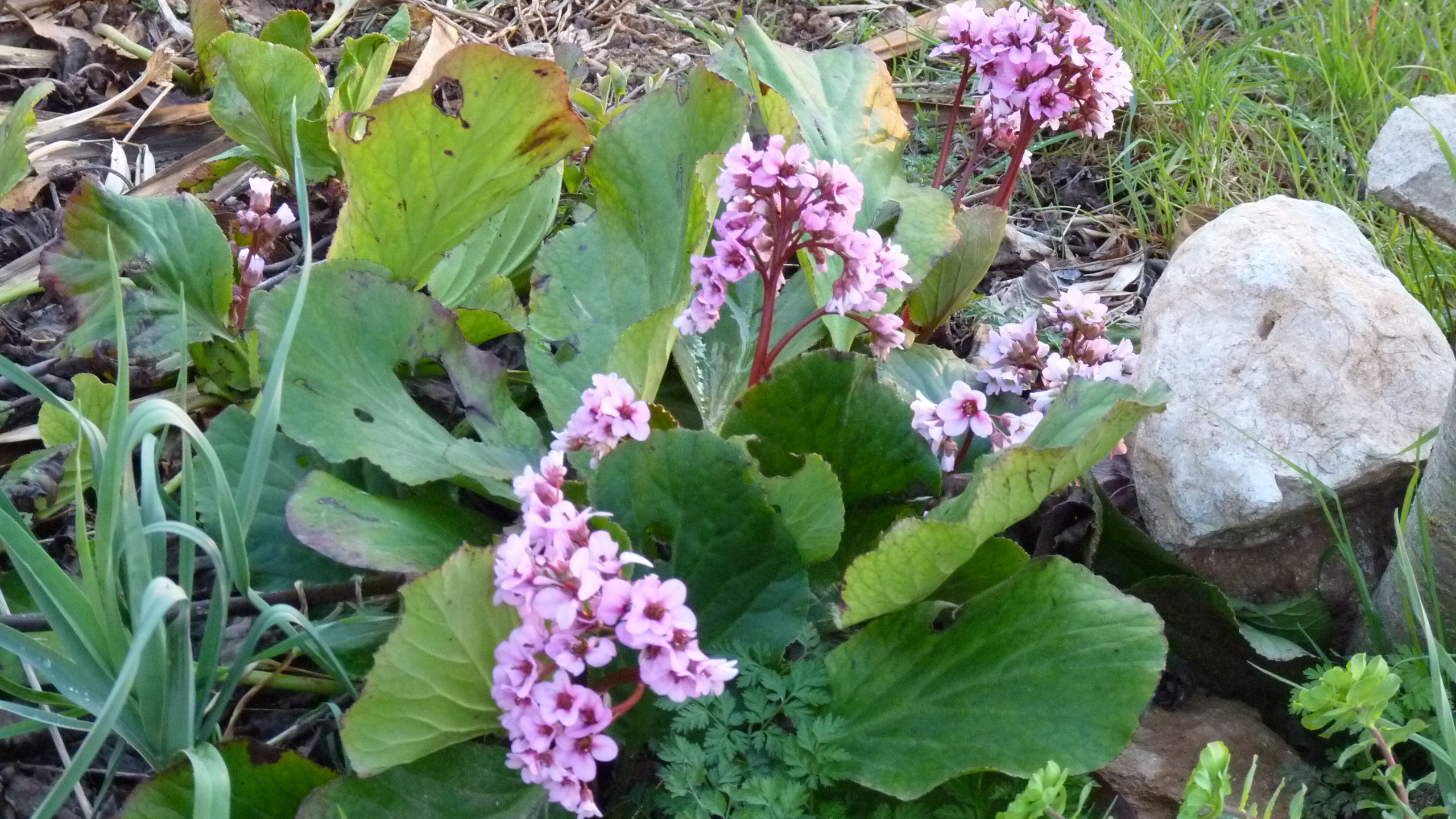

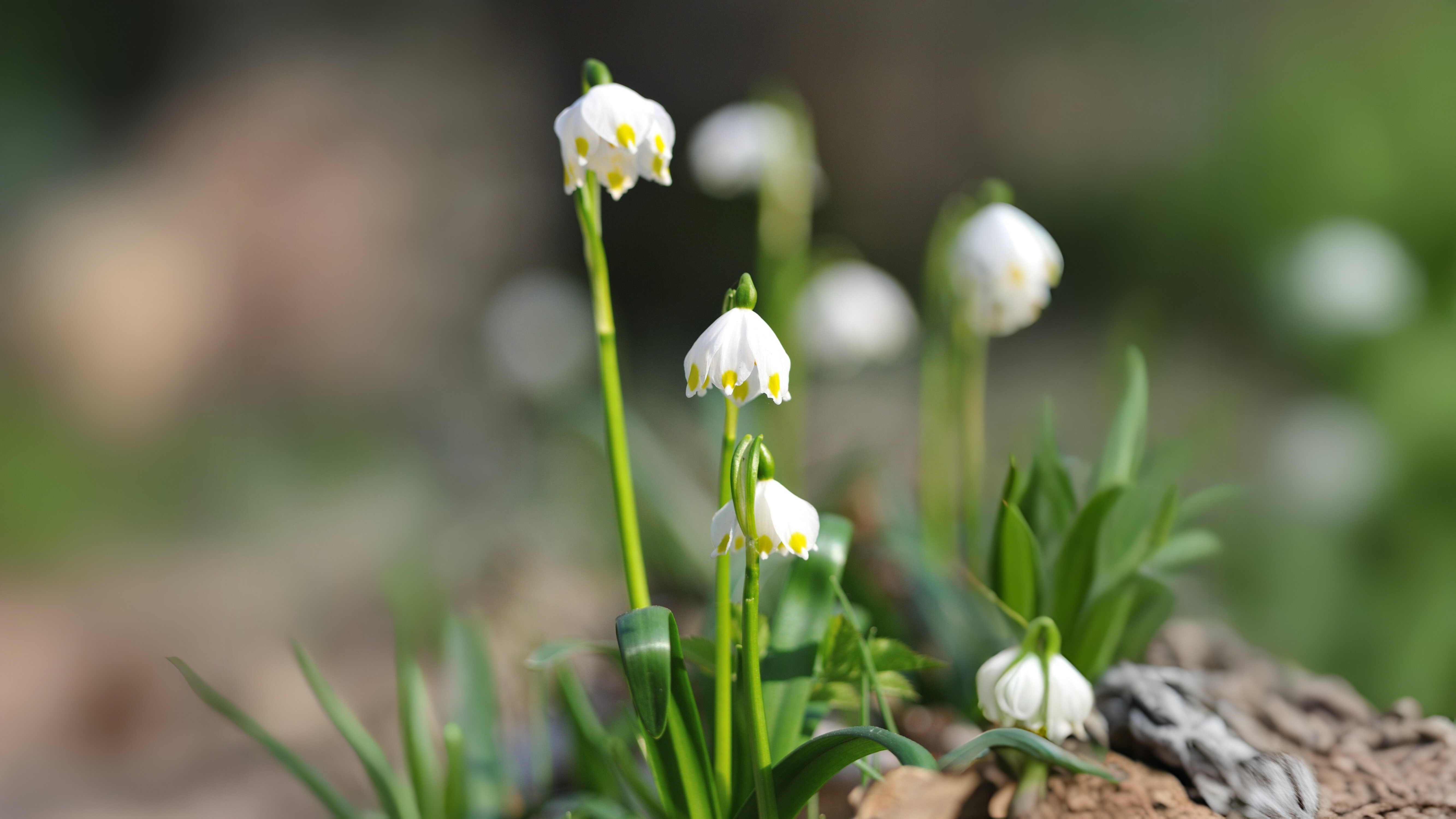

Herb gardens such as the one at Fulham Palace generally now look rather dismal, although it is still possible to pick parsley, sage, rosemary and thyme, with some of the many forms of rosemary even bearing flowers.
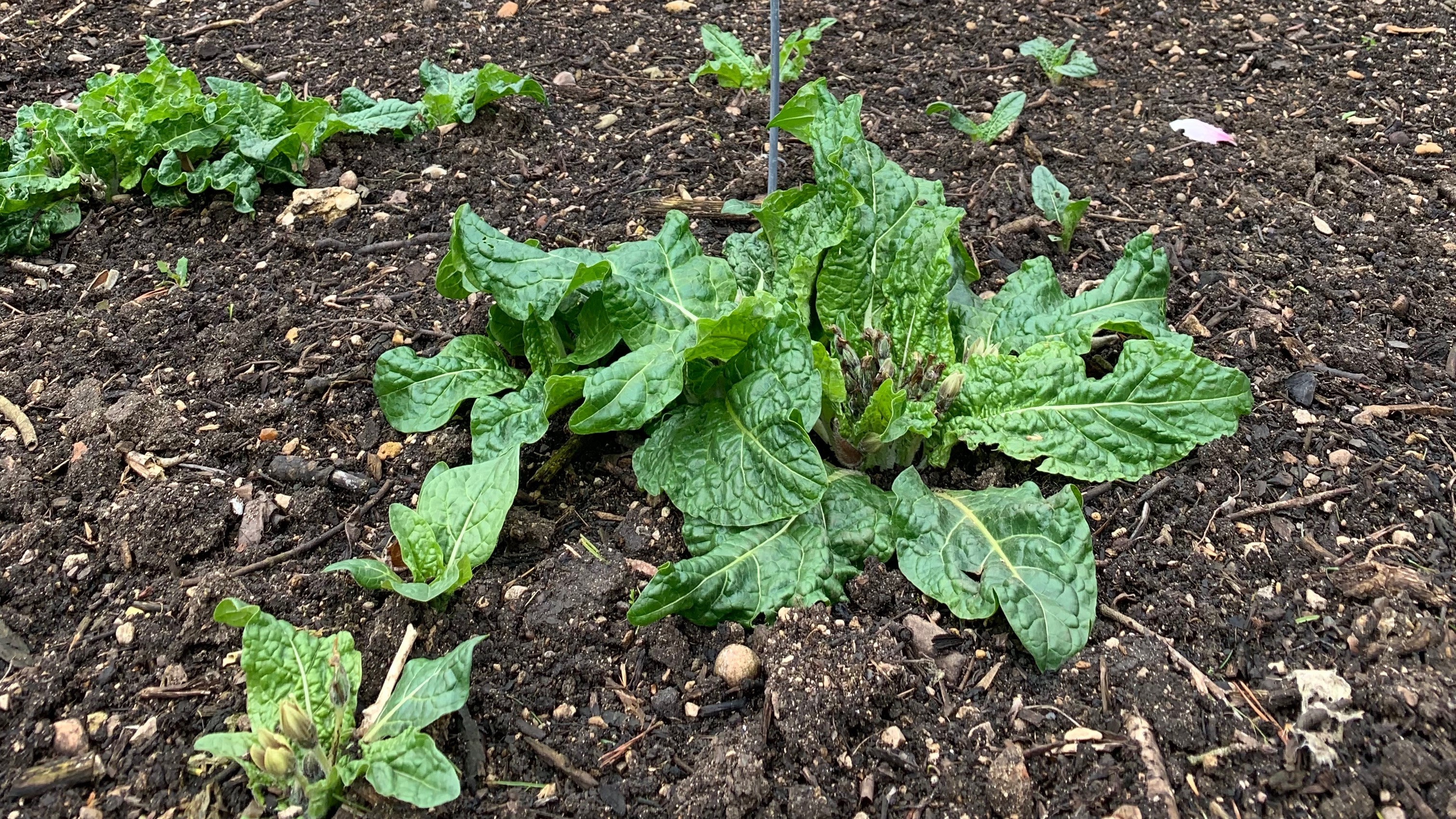

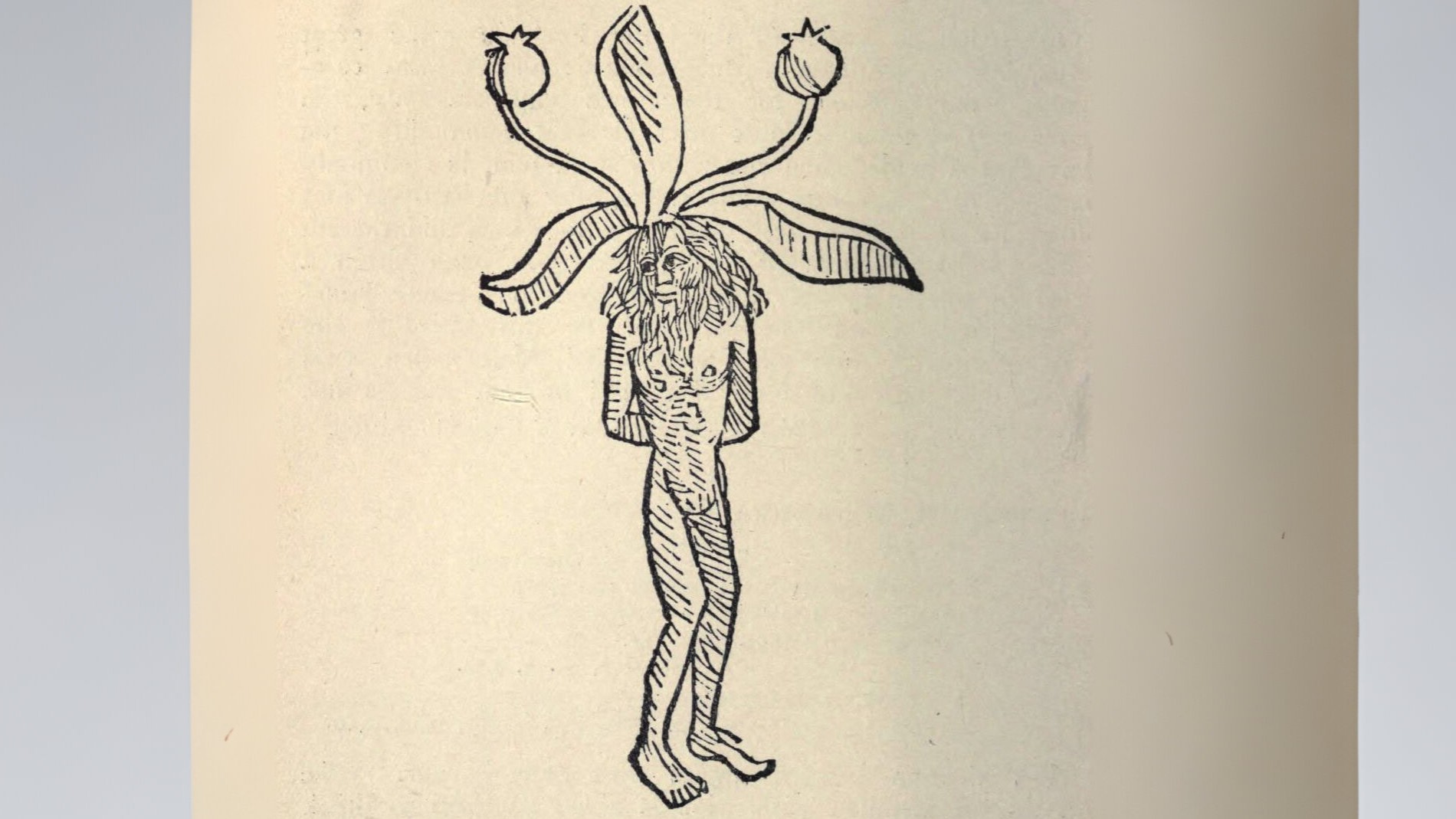

There was such a demand for it that false roots were sold when mandrake was in short supply. These false mandrakes were actually the roots of our native white bryony Bryonia dioica. Mandrake has been grown in London since the sixteenth century, although it is rarely seen now. Fortunately it can still be found in a corner of the South London Botanical Institute’s garden at Tulse Hill, where it has happily existed for many years.
